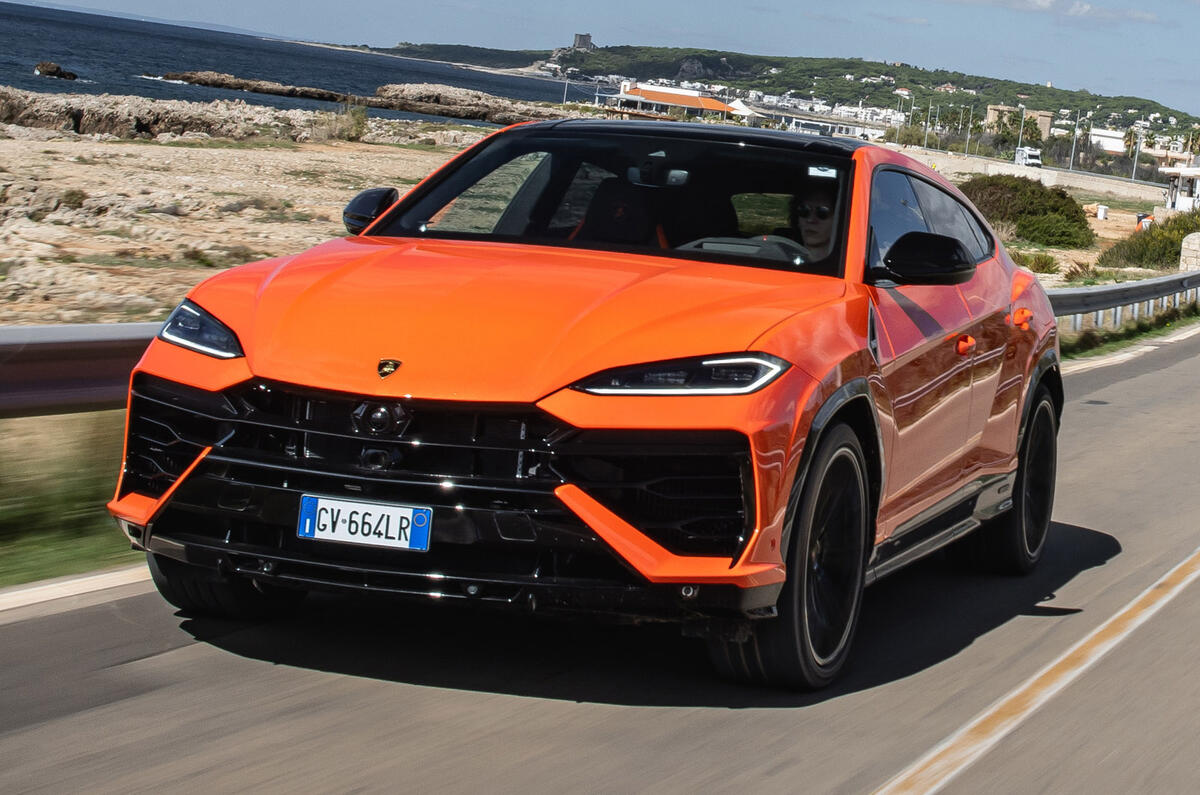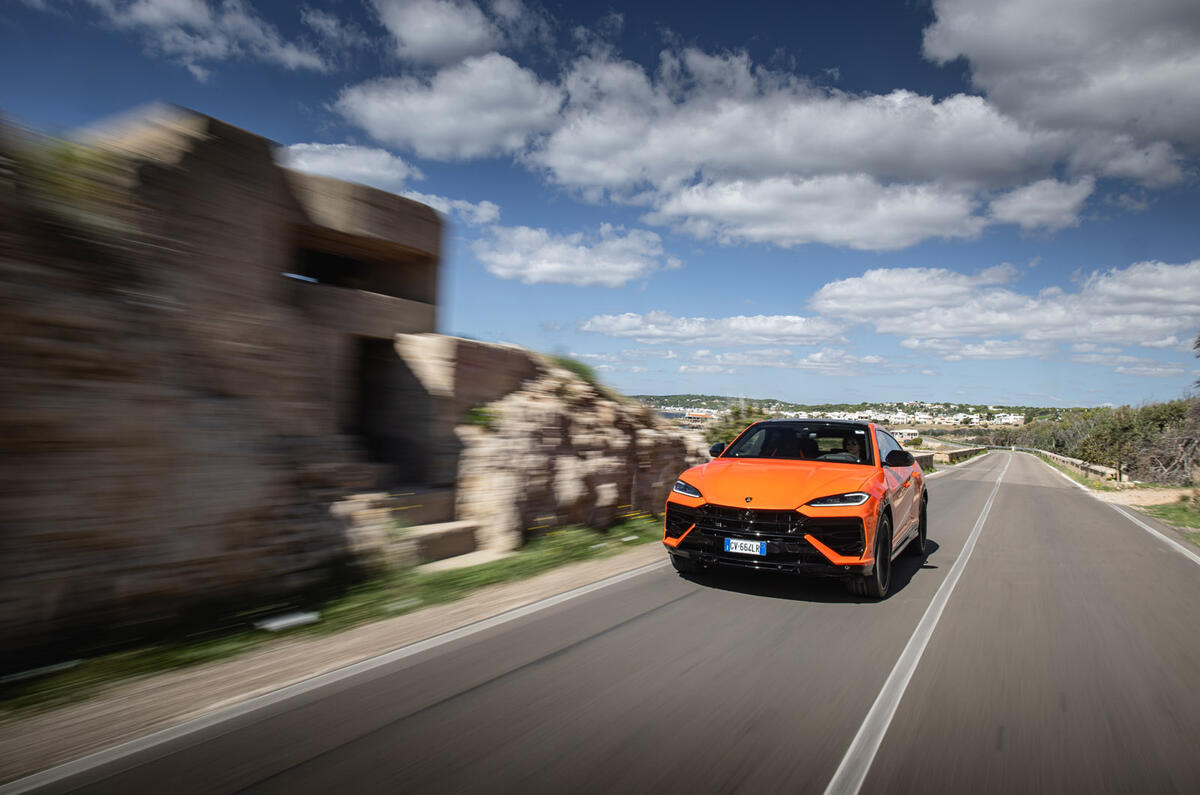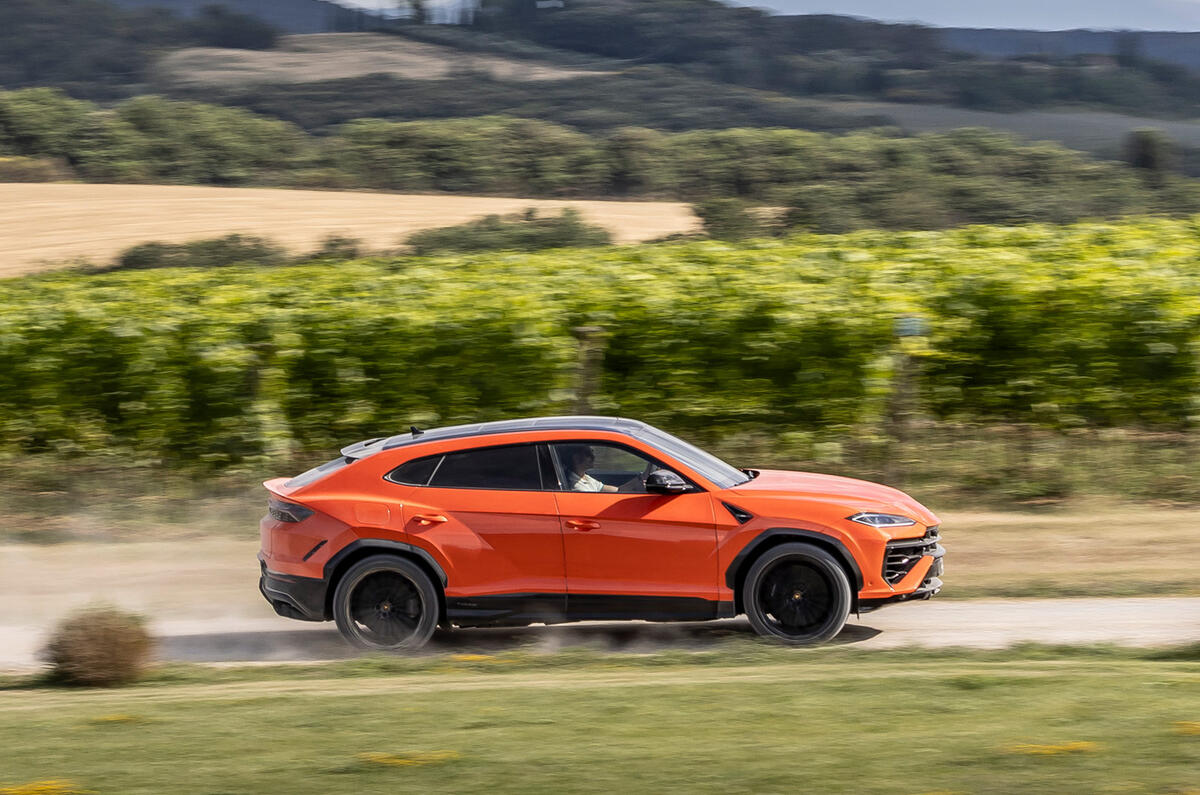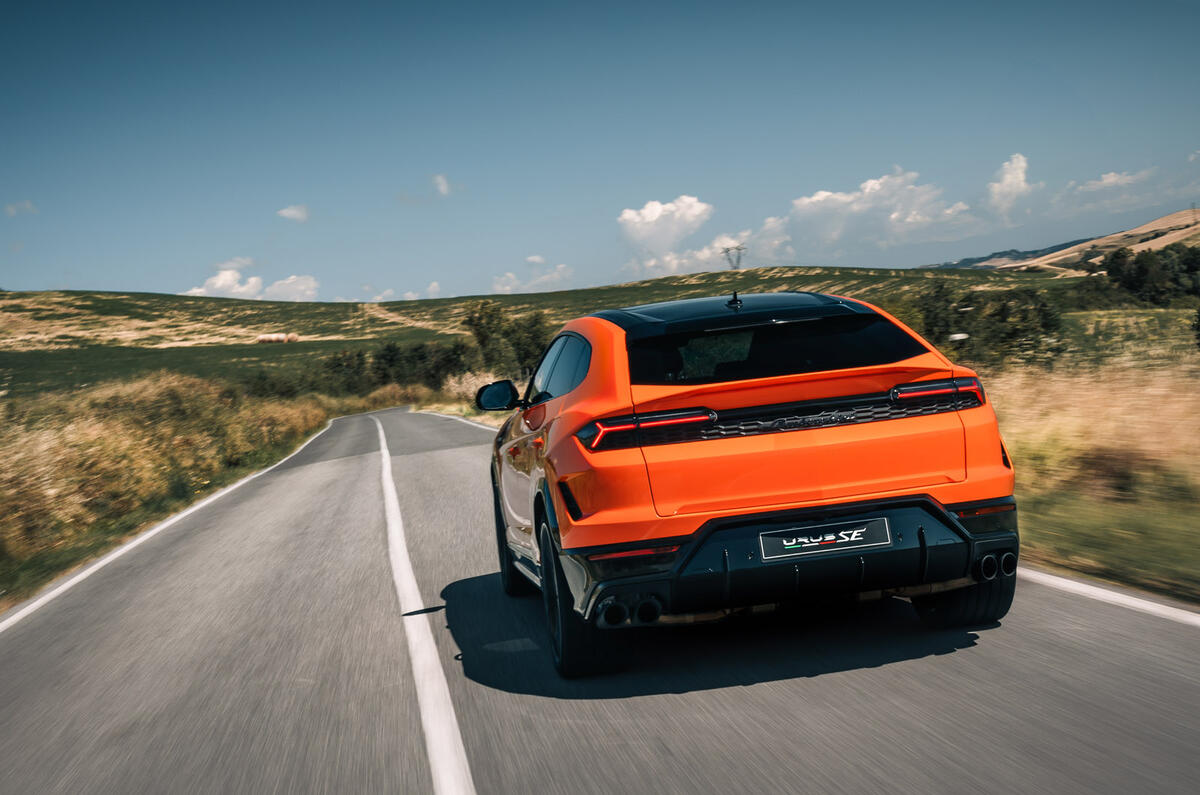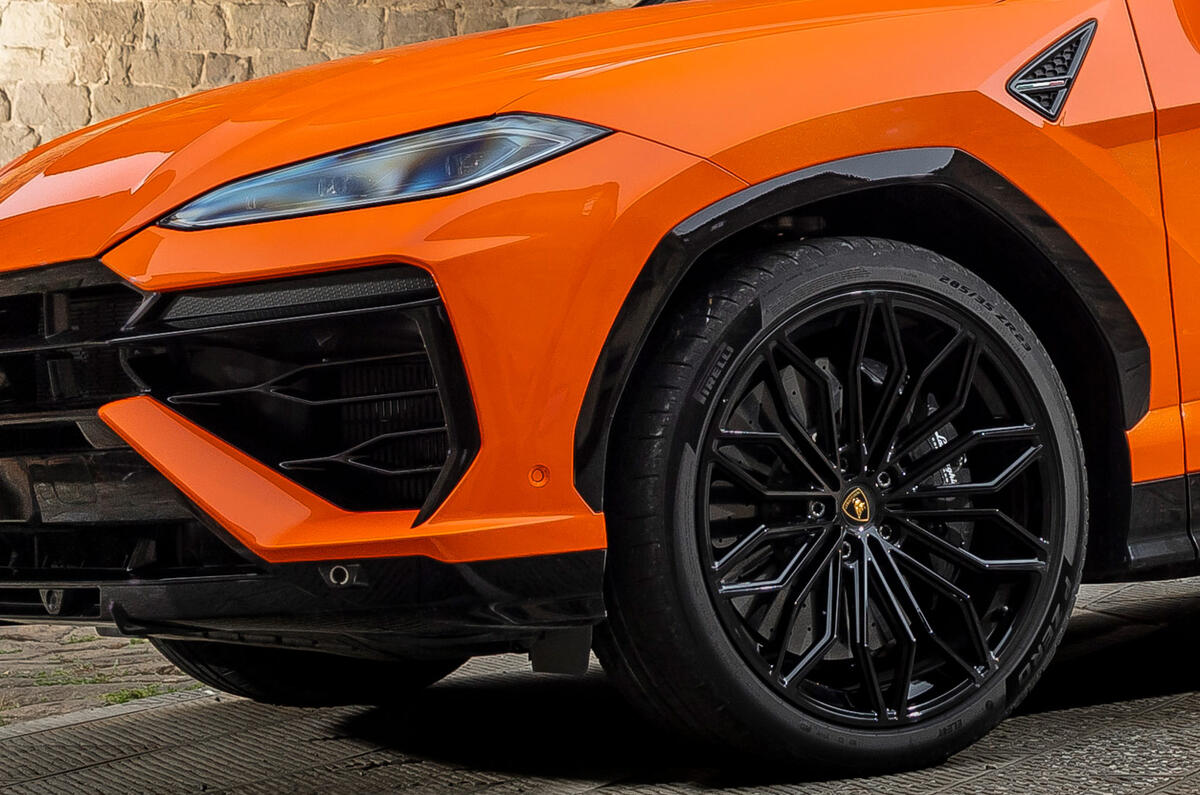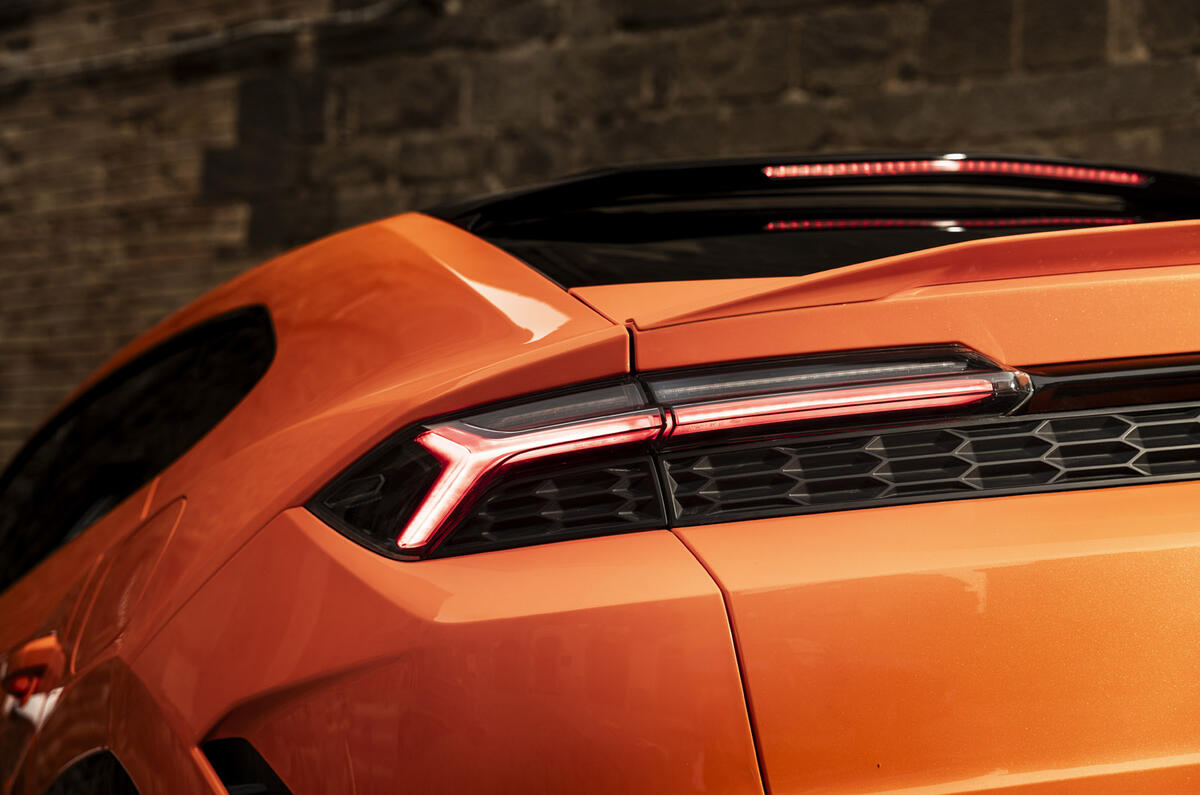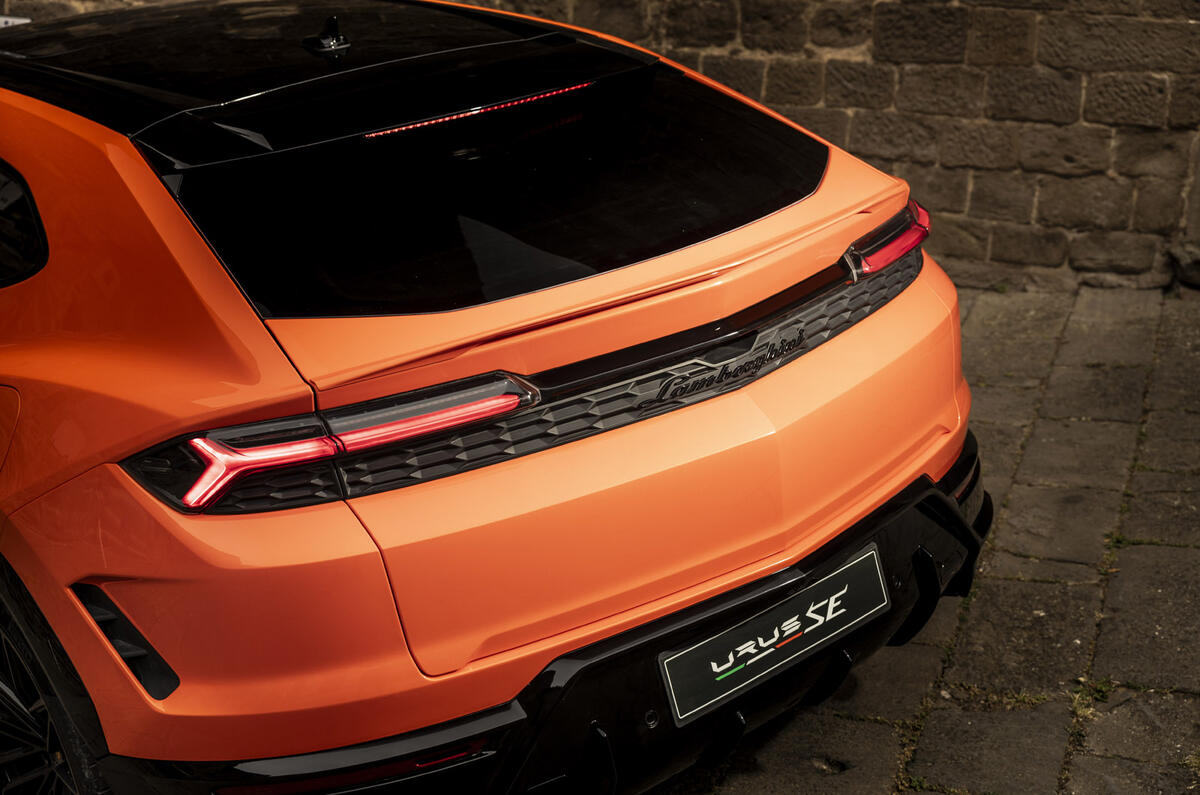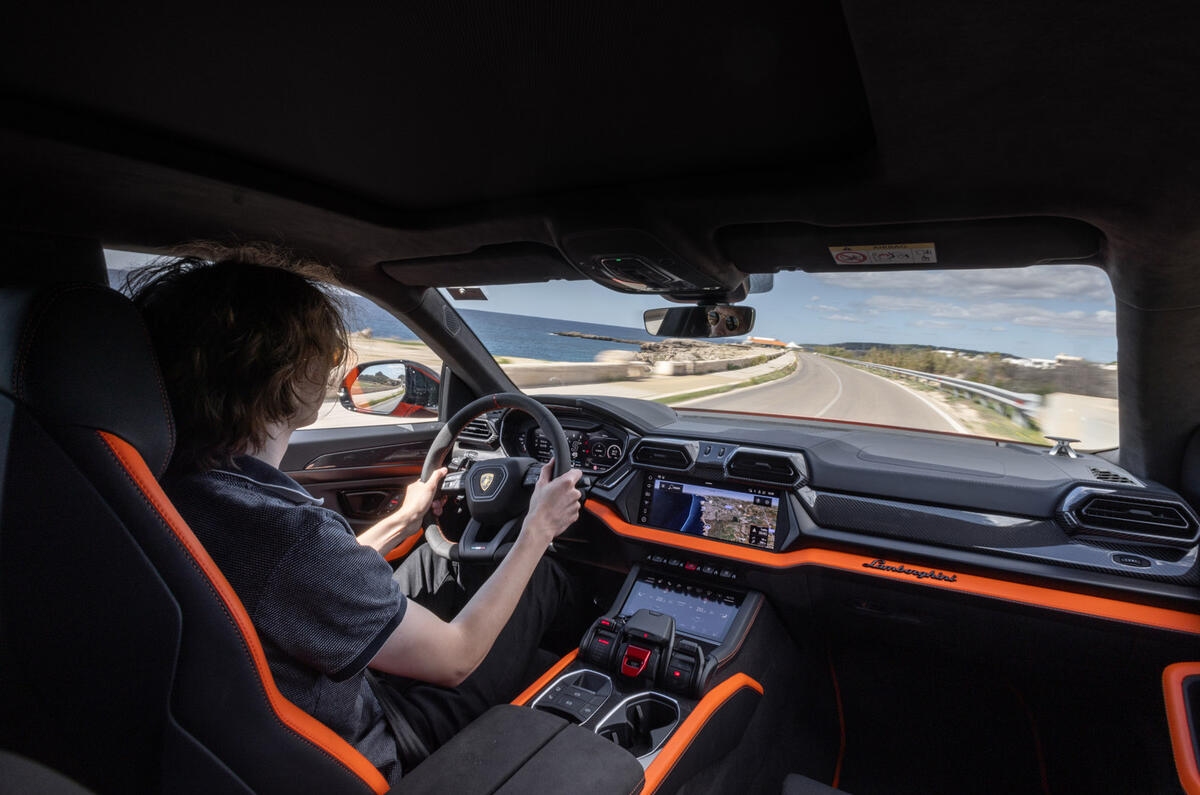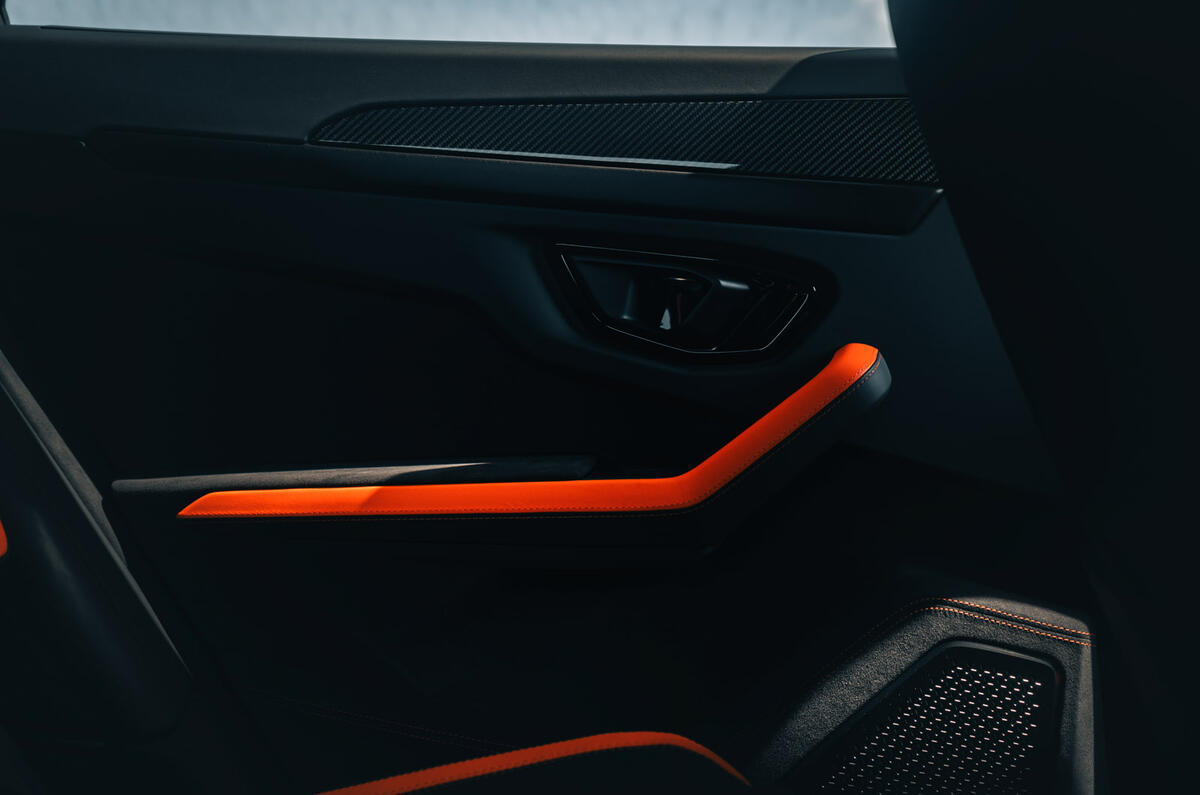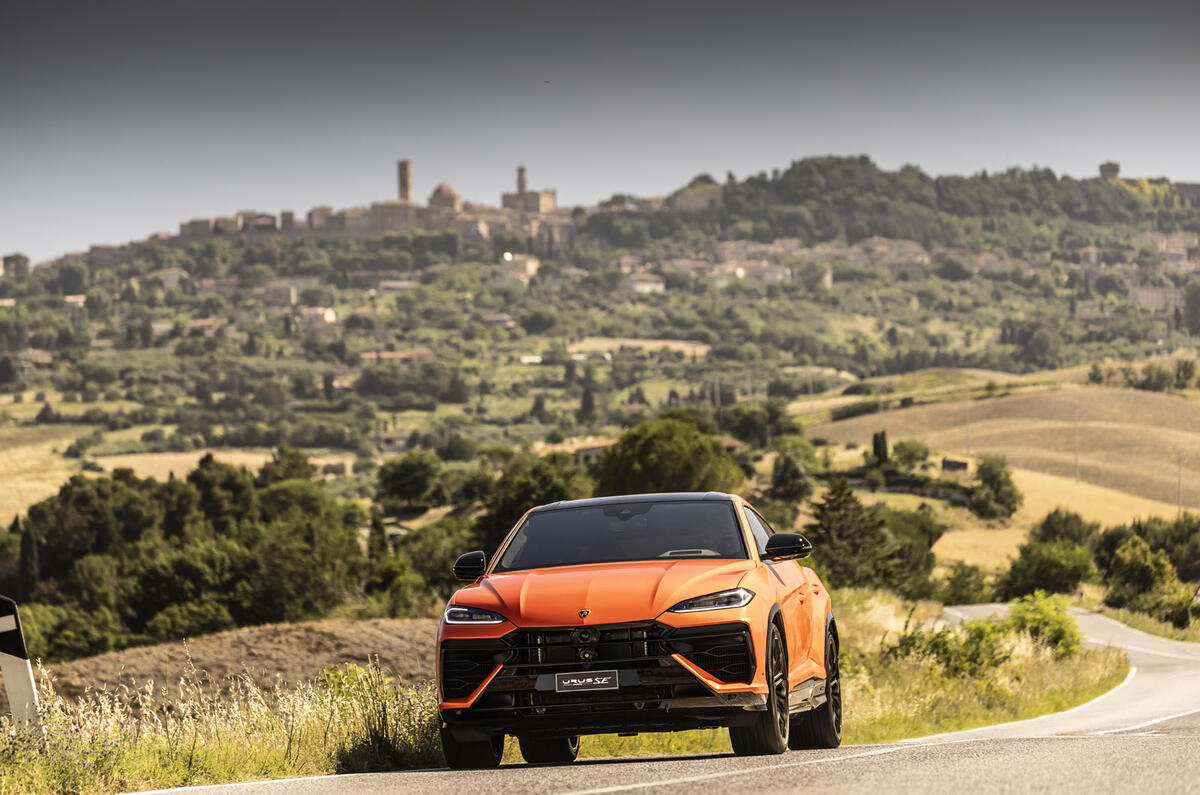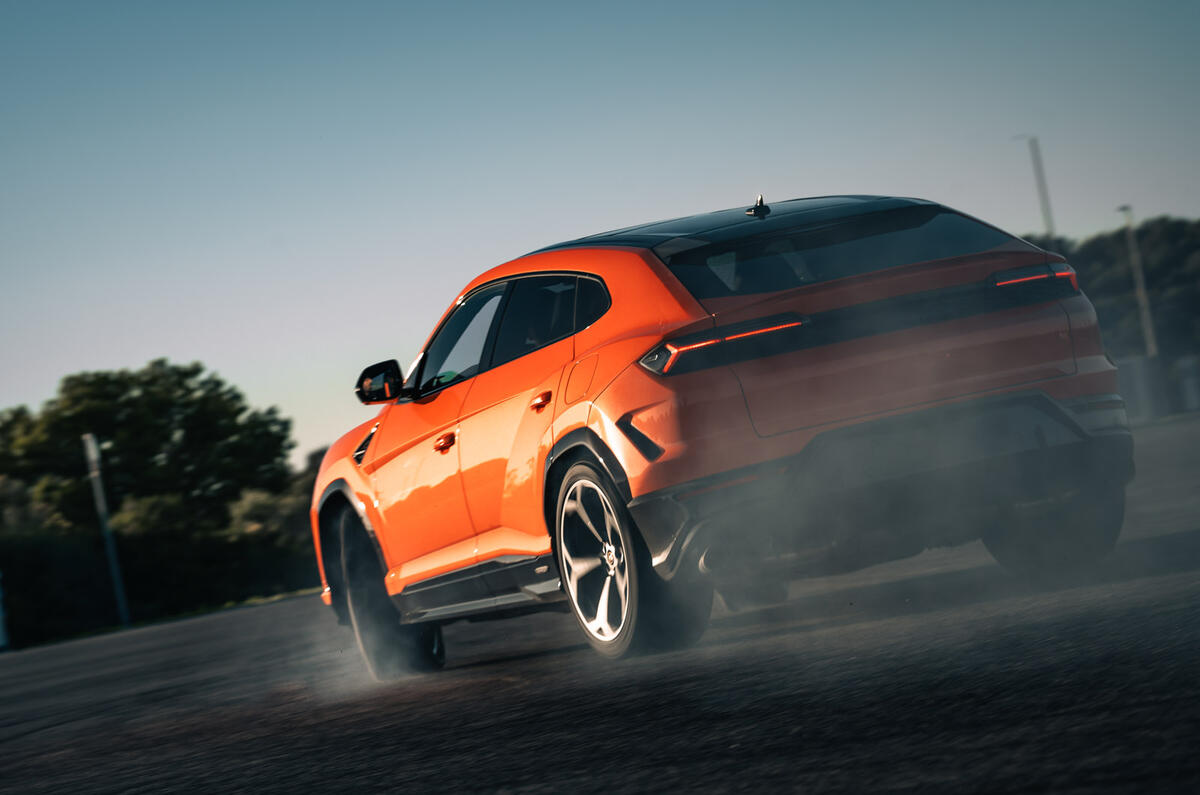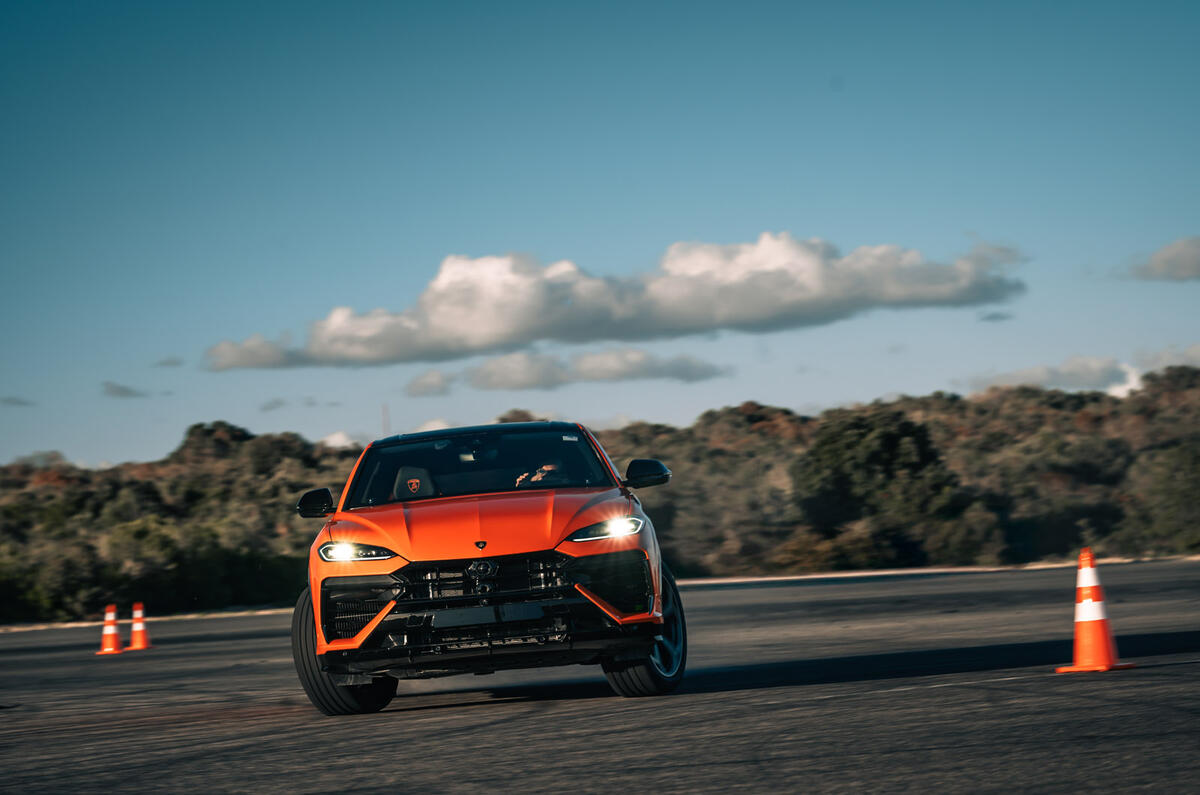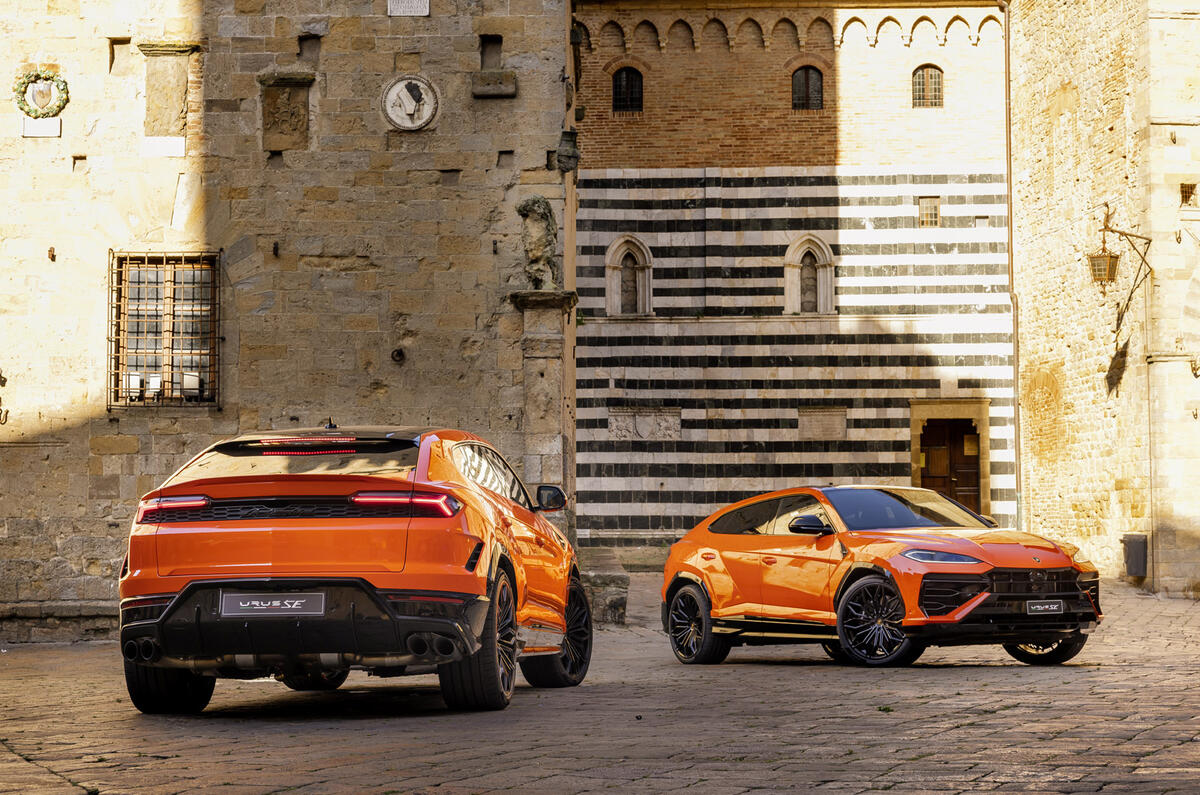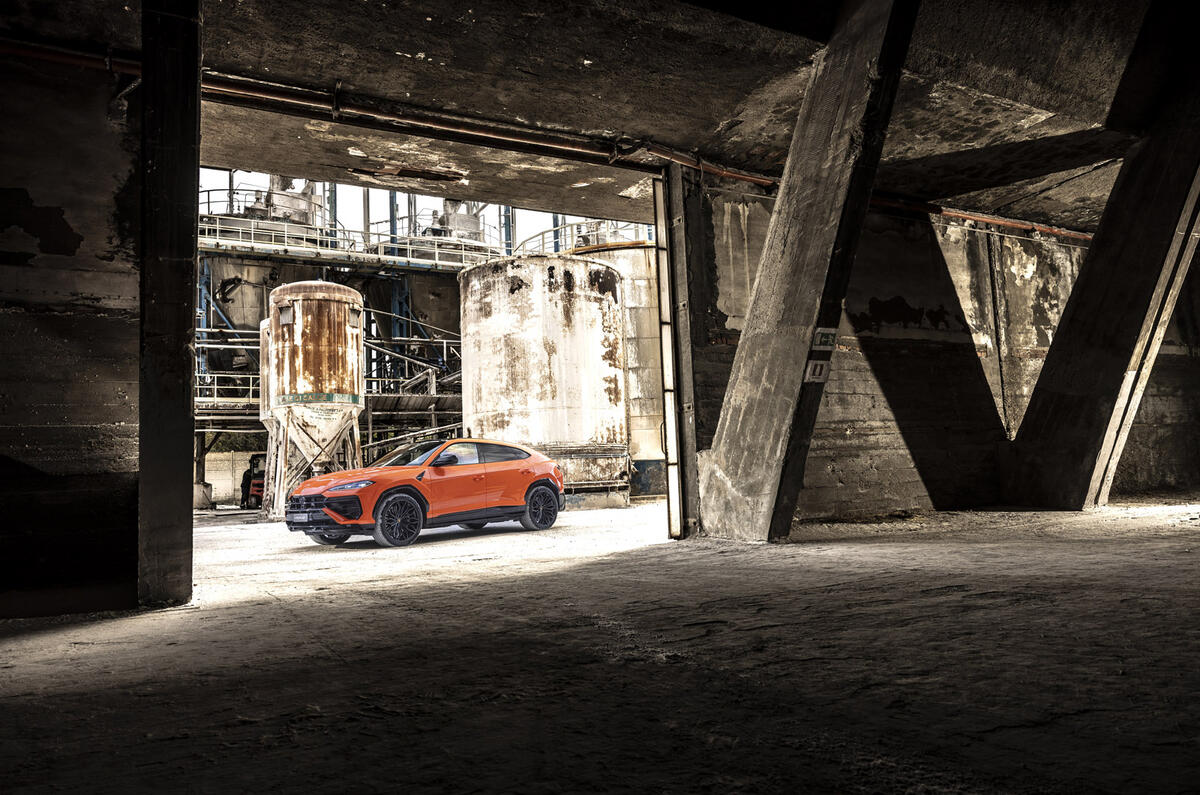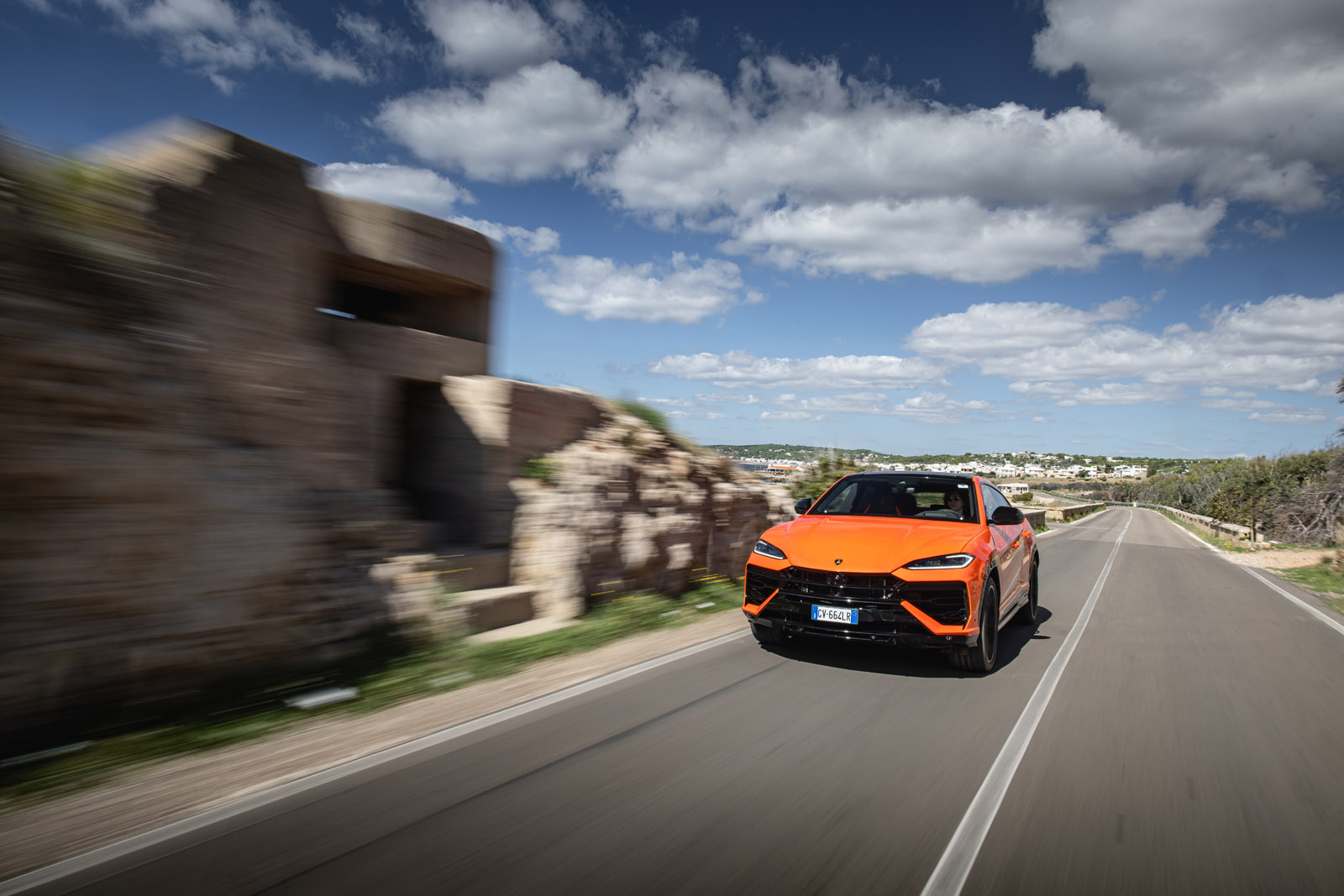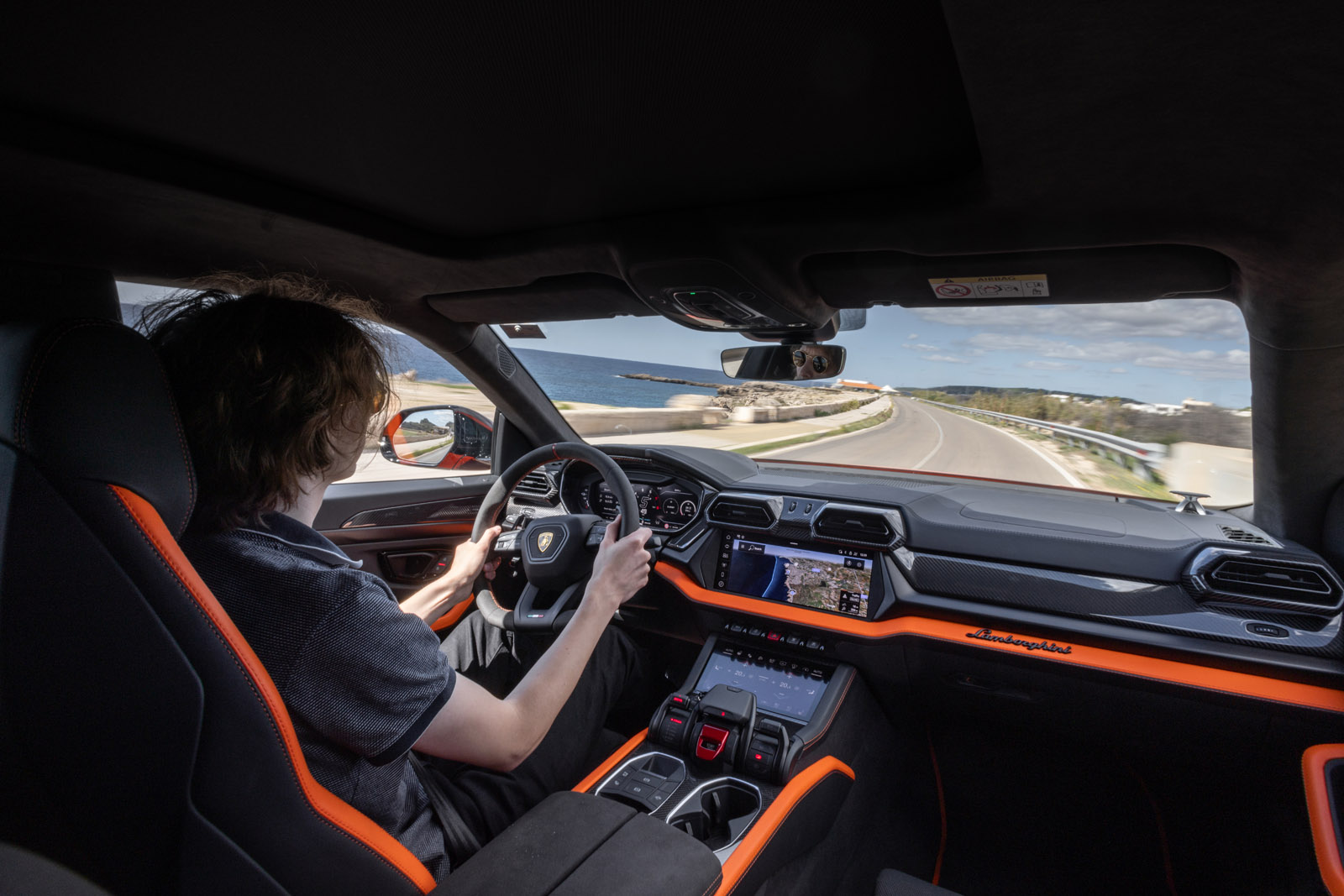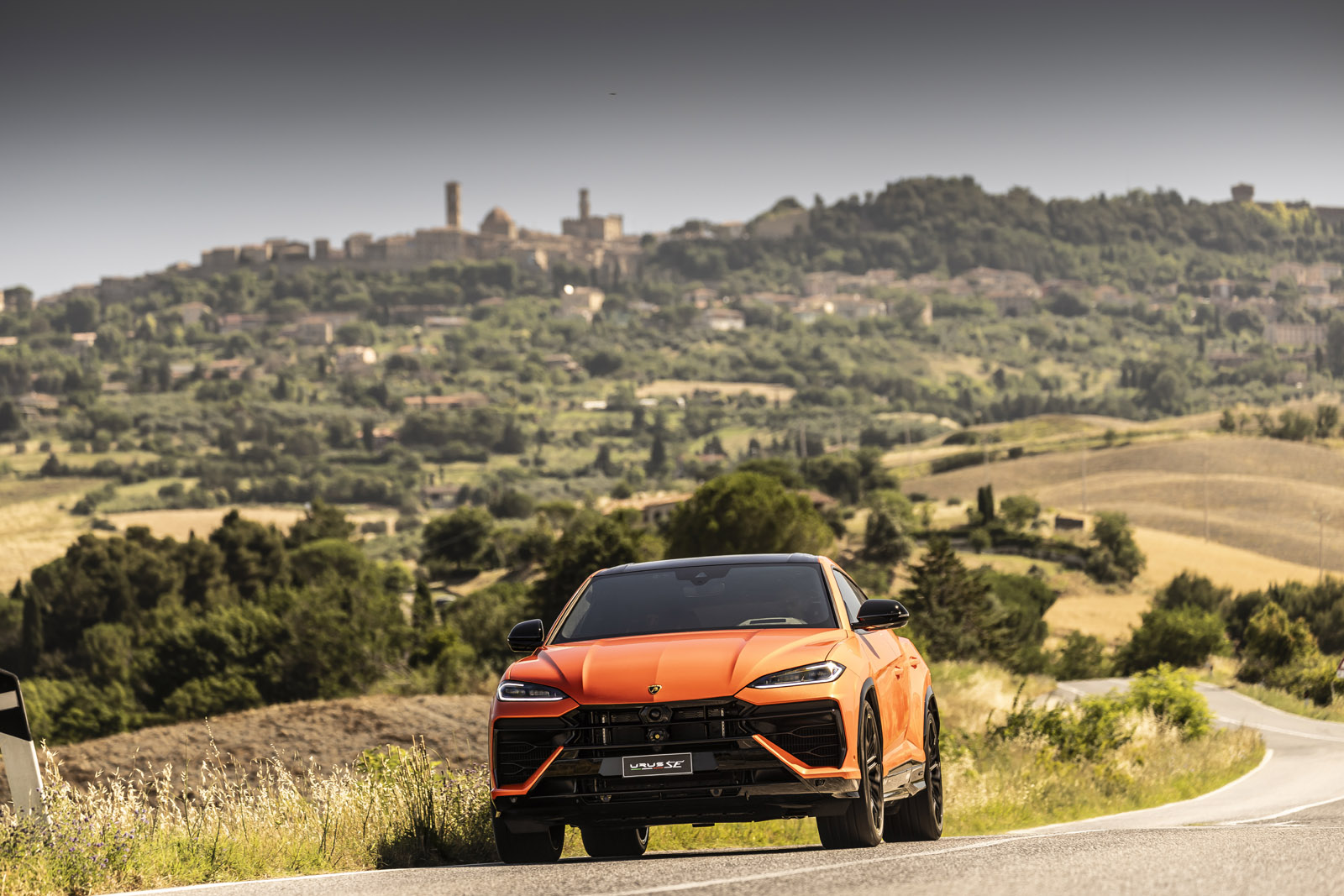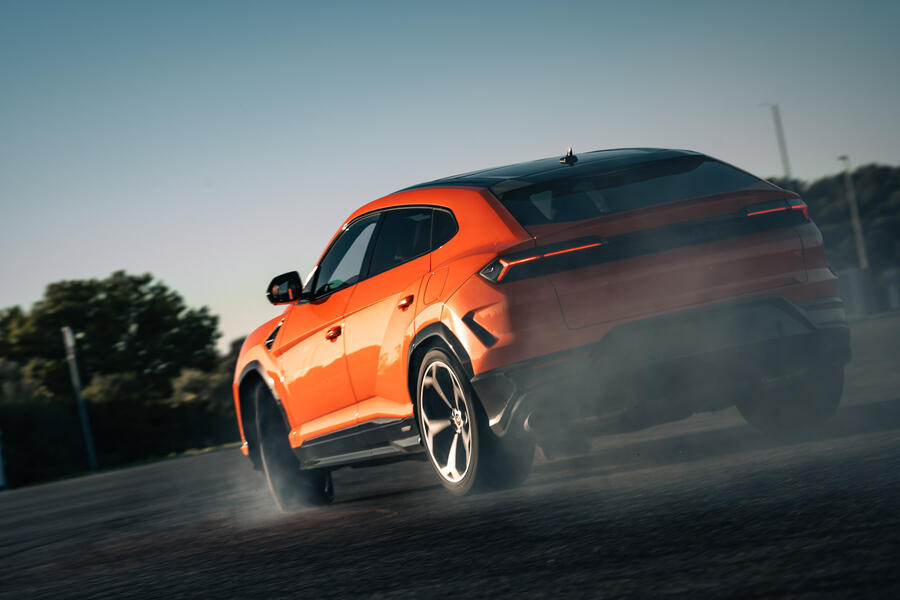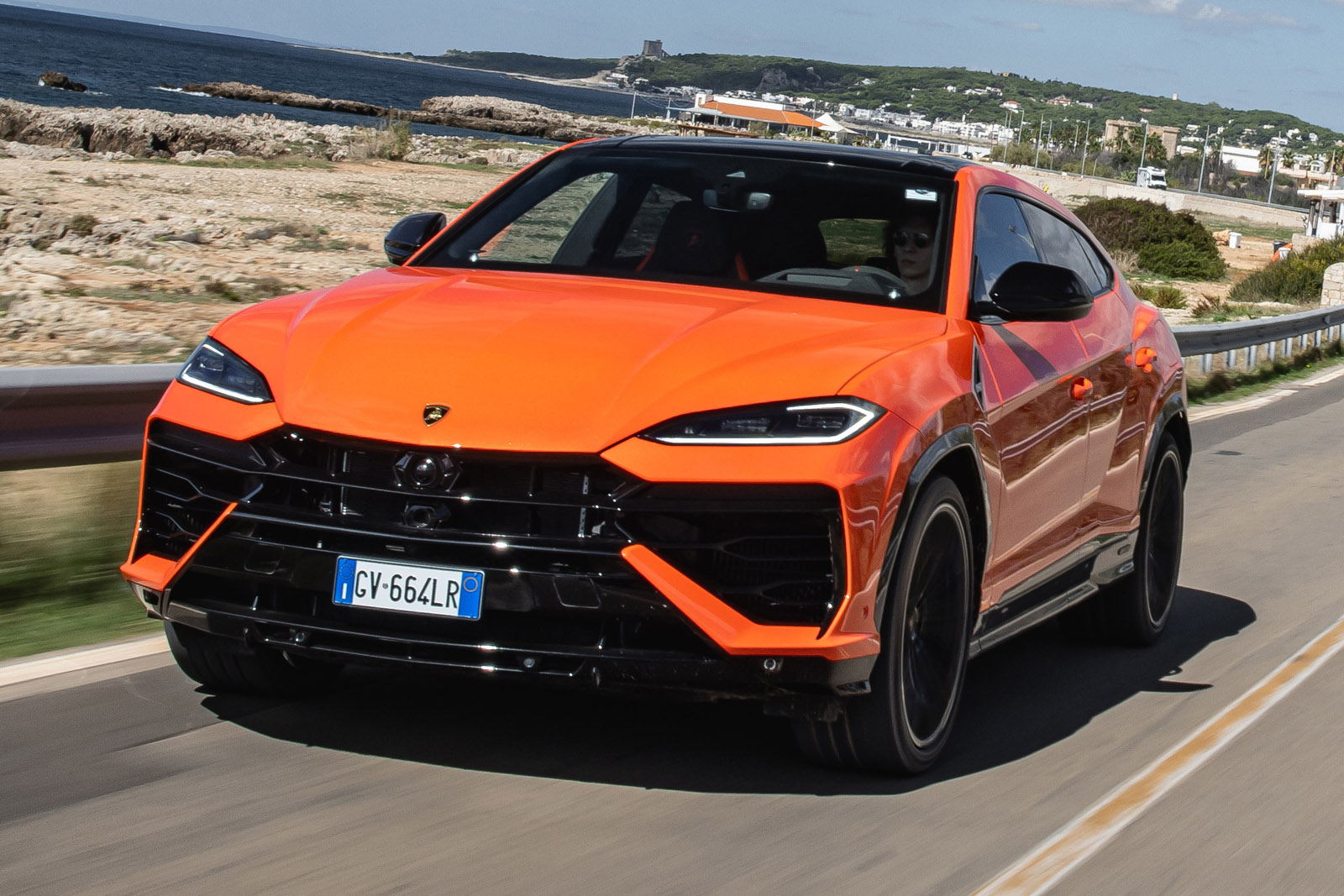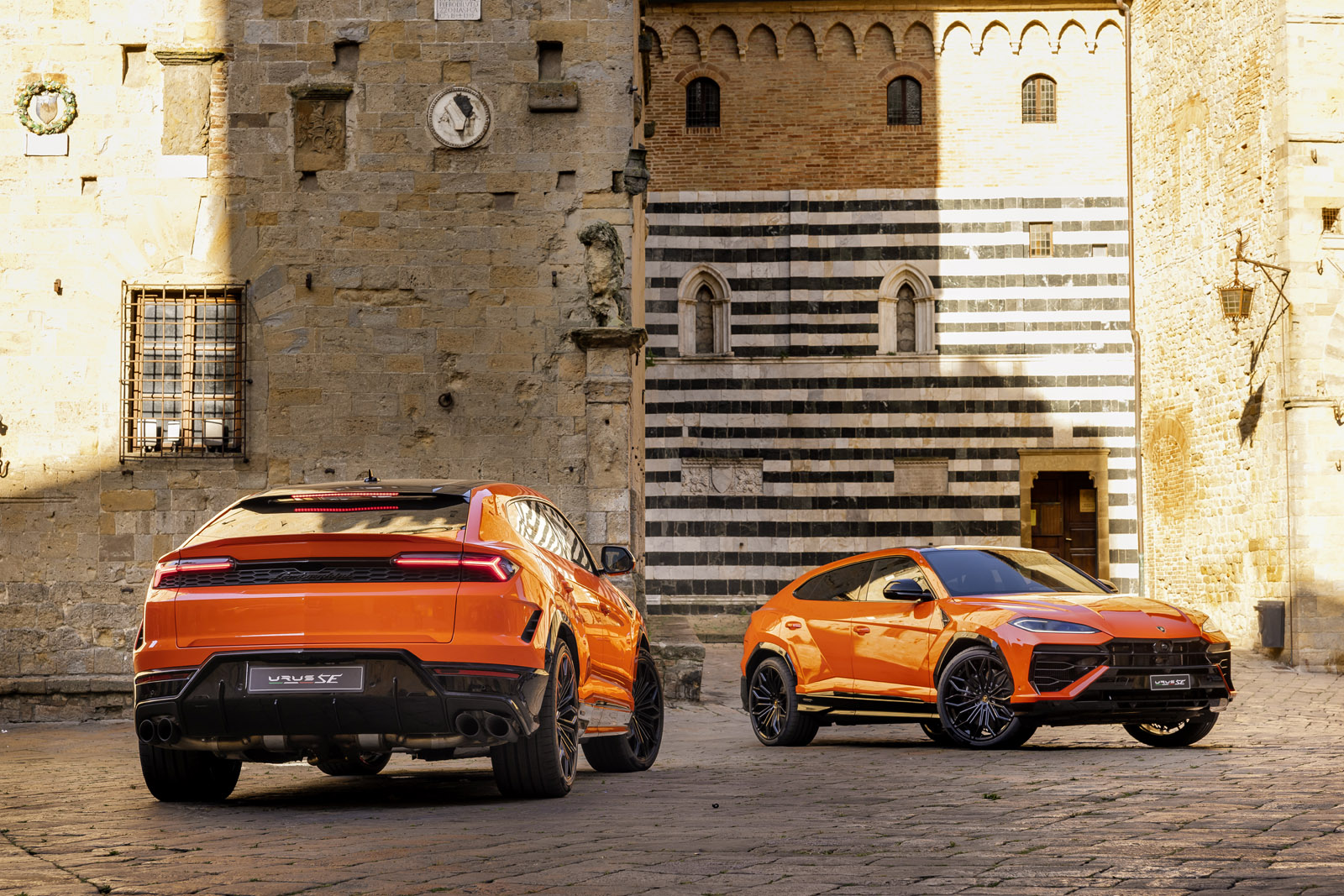When Mini launched the previous generation of the electric hatch, it called the car Cooper SE in most markets but decided to go simply with ‘Electric’ in the UK in order to avoid confusion with the common trim level name.
There have been no such qualms with the new Lamborghini Urus SE, which isn’t the fleet-friendly version with 17in wheels and cloth seats, but effectively the facelift of the Sant’Agata firm’s controversial but successful sports SUV. Like the new Bentley Continental GT Speed (with which it shares a platform and a drivetrain), it also becomes a plug-in hybrid. So in a way, it is more company car friendly than before.
Clearly, the 37-mile pure-electric range and low on-paper CO2 output aren’t the result of Lamborghini wanting to save the planet. Official fleet CO2 quotas apply to everyone, including Lamborghini, and this is its way of continuing to sell V8 super-SUVs.



